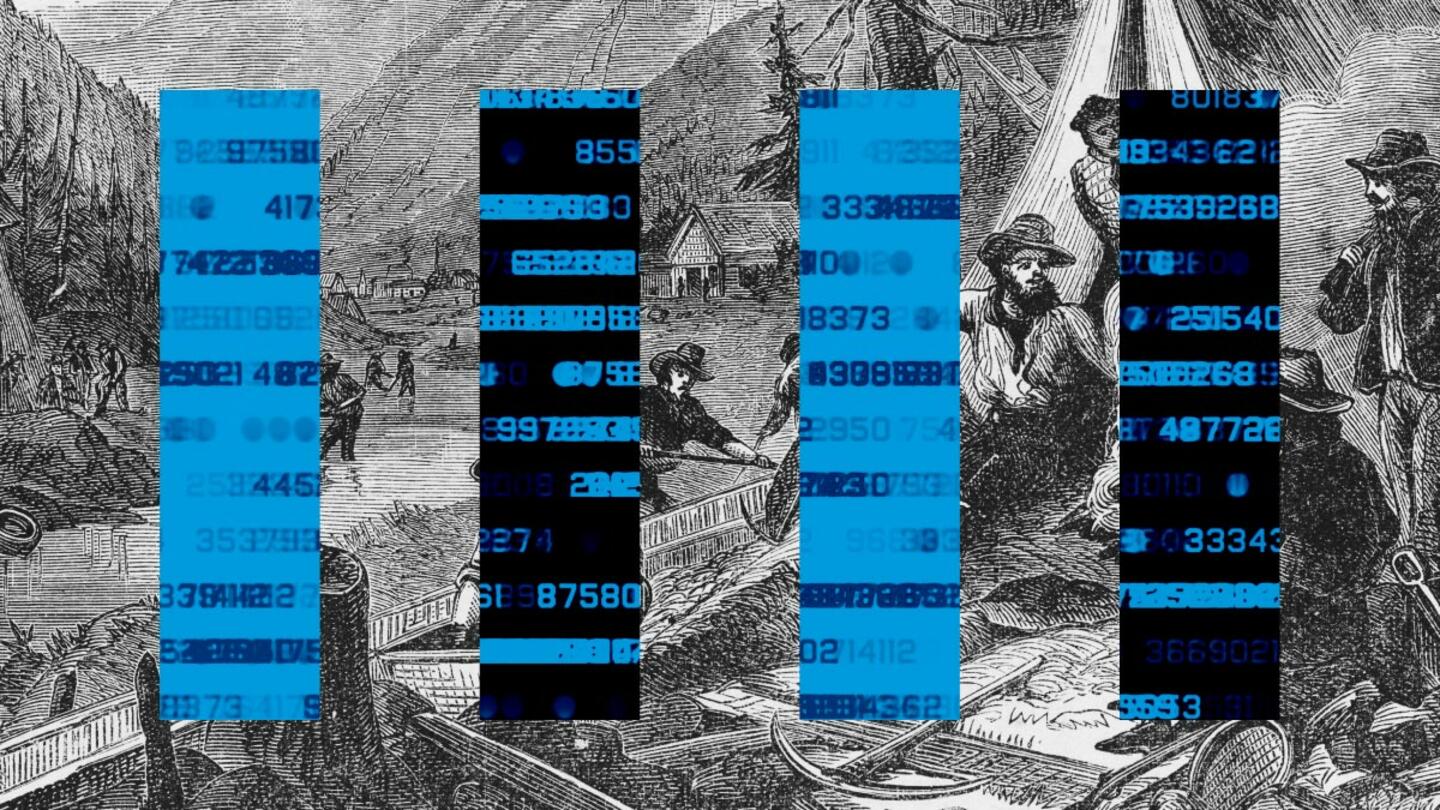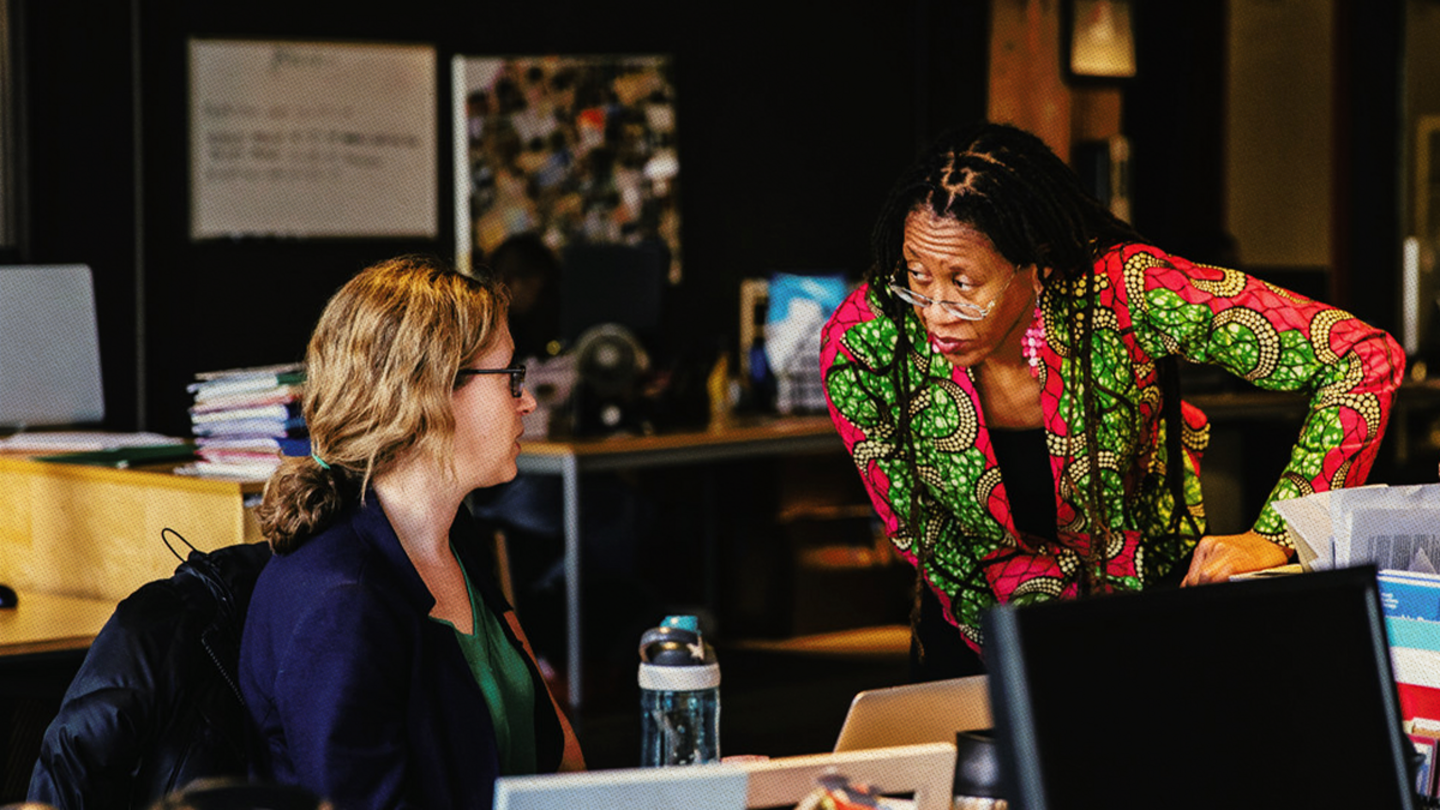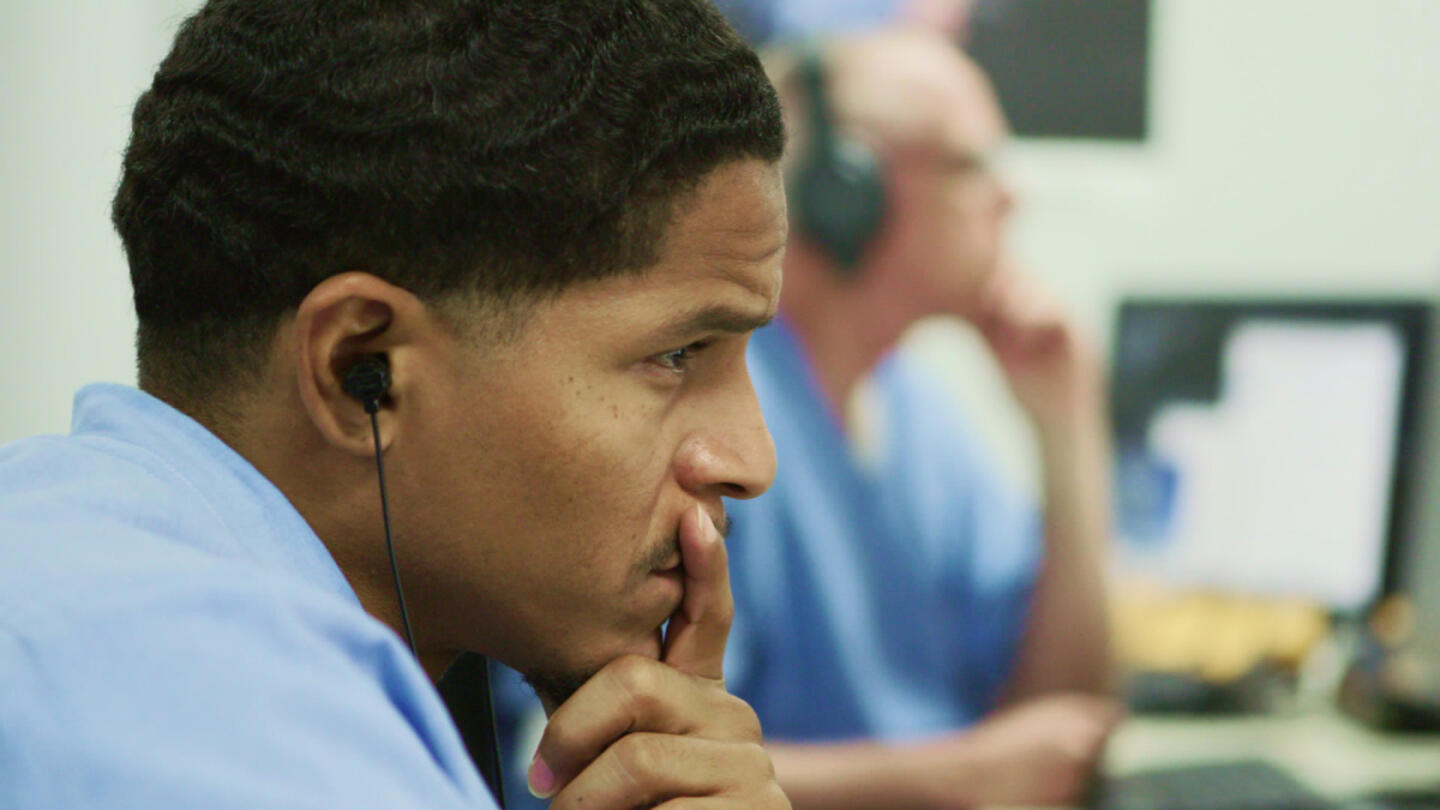What if we could revive the American Dream for 1.5 million Americans?
What if we removed employment barriers — like past incarceration, addiction, and homelessness — and opened jobs to people often passed over?
These changemakers believe that including individuals traditionally excluded from the workforce can transform lives and benefit companies by tapping into untapped talent and addressing the labor shortage in the United States.
“If every American business decides to hire one person that not only wanted a job but really needed it, I’m telling you, we can make the most massive difference in this country,” said Rob Perez, cofounder of DV8 Kitchen, which provides employment opportunities to people in recovery for substance use disorder.
Perez and other changemakers are charting a course that could restore hope for millions and raise the potential of the entire American workforce.
A pipeline from prison to Silicon Valley
In the U.S. technology sector alone, nearly 500,000 jobs remain unfilled. Meanwhile, more than 600,000 people exit the criminal justice system each year. Many want to work but struggle to find jobs because of misconceptions, fears, arbitrary degree requirements, and lack of skills or experience.
Enter The Last Mile, a nonprofit working to close this gap in Silicon Valley.
TLM offers personal development and technology training, including coding boot camps inside prison walls. Upon reentering their communities — as up to 95% of incarcerated individuals will — TLM participants have the skills, experience, and confidence to get a good job and start their new life on a solid track.
“To be honest with you, Silicon Valley is probably the ideal place for us to start this because Silicon Valley is all about failure, dusting yourself off, starting over again,” said Chris Redlitz, cofounder of TLM.
So far, TLM has trained more than 1,200 people across eight states. The program boasts an impressive 75% employment rate, with many landing jobs at major tech companies like Slack, Zoom, and Checkr.
It also stops the revolving prison door dead in its tracks.
Statistically, 61% of individuals released from incarceration eventually end up back in prison. But for graduates of The Last Mile, that number drops to 4%.
Sign up for Stand Together's Rethinking Work & Learning newsletter to get the latest stories, ideas, and trends on the future of employment.
The power of jobs for those in recovery
In the United States, 48.7 million people struggle with addiction. Rob and Diane Perez have witnessed its devastating impact firsthand in the restaurant industry, where it runs rampant. Over the course of 10 years in the business, they lost 13 employees to addiction-related deaths.
“One of our employees in particular went through rehab, and as soon as she started back in the restaurant, she was shooting up again,” said Diane Perez. “That really made me go, ‘Wow, we gotta do something different.’”
In response, the couple founded DV8 Kitchen, a workplace designed to support individuals in recovery, helping them stay employed and preventing them from falling through the cracks.
At DV8, employees not only serve up delicious food but also support one another through biweekly workshops focused on life skills and fostering a positive work environment for those in recovery. They hold each other accountable every step of the way.
“Our culture seems to be, ‘I’ve got to hide this,’ and it’s not working for us,” Rob Perez said. “So we pull 100% of our workforce from people that are in recovery. Instead of hiding everything that you’ve done in your past, we talk about it. We’re conscious of people that have trauma.”
The model is proving successful. DV8 employees are realizing their potential and staying clean. Diane Perez noted that it’s even improving DV8’s business.
“Our quest is to take every single customer and turn them into a believer in second-chance work environments,” Rob Perez said. “We just need to give them a chance.”
Jobs for people other employers won’t touch
“Why don’t they just get a job?” It’s a question many ask about people experiencing homelessness.
But getting a job when you don’t have a home is harder than it seems. Many employers won’t even consider hiring someone without a permanent address — not to mention challenges like transportation, banking, and proper work attire.
First Step Staffing breaks down these barriers and helps people get to work right away. It starts by identifying the individual needs of each person and connecting them with resources so they can start working in 72 hours or less.
“We have a line out the door every single day,” said CEO Amelia Nickerson. “They’re interested in working and want to work. When they have three successful months, and they’re getting recognized by a supervisor, they’re seeing just how much potential they truly have, and it’s limitless.”
It’s a win for businesses, too, as they now have access to a formerly untapped workforce.
“We’re on a path to try and employ 20,000 people a year because our employer partners see the value in the individual, see potential where they used to see a problem,” Nickerson said. “Because we have a highly motivated and a highly supported workforce showing up for them so that their businesses can be successful.”
“At the end of the day,” she noted, “we’ve just left too many people in our communities caught in a vicious cycle of unemployment and poverty. The job really does provide that permanent pathway to exit that cycle.”
An increasing number of employers are recognizing the possibilities in this overlooked population. They’re finding a wealth of drive and untapped potential. As opportunities grow to harness these qualities fully, the possibilities are endless.
The Last Mile, First Step Staffing, and DV8 are supported by Stand Together Foundation, which partners with the nation’s most transformative nonprofits to break the cycle of poverty.
Learn more about Stand Together’s efforts to transform the future of work, and explore ways you can partner with us.

Why AI may help more people achieve the American Dream.

Data centers are at the forefront of the ‘new economy.’ But what exactly are they?

Here’s how to bridge the disconnect between employers and employees.

Lessons learned from Colorado.
